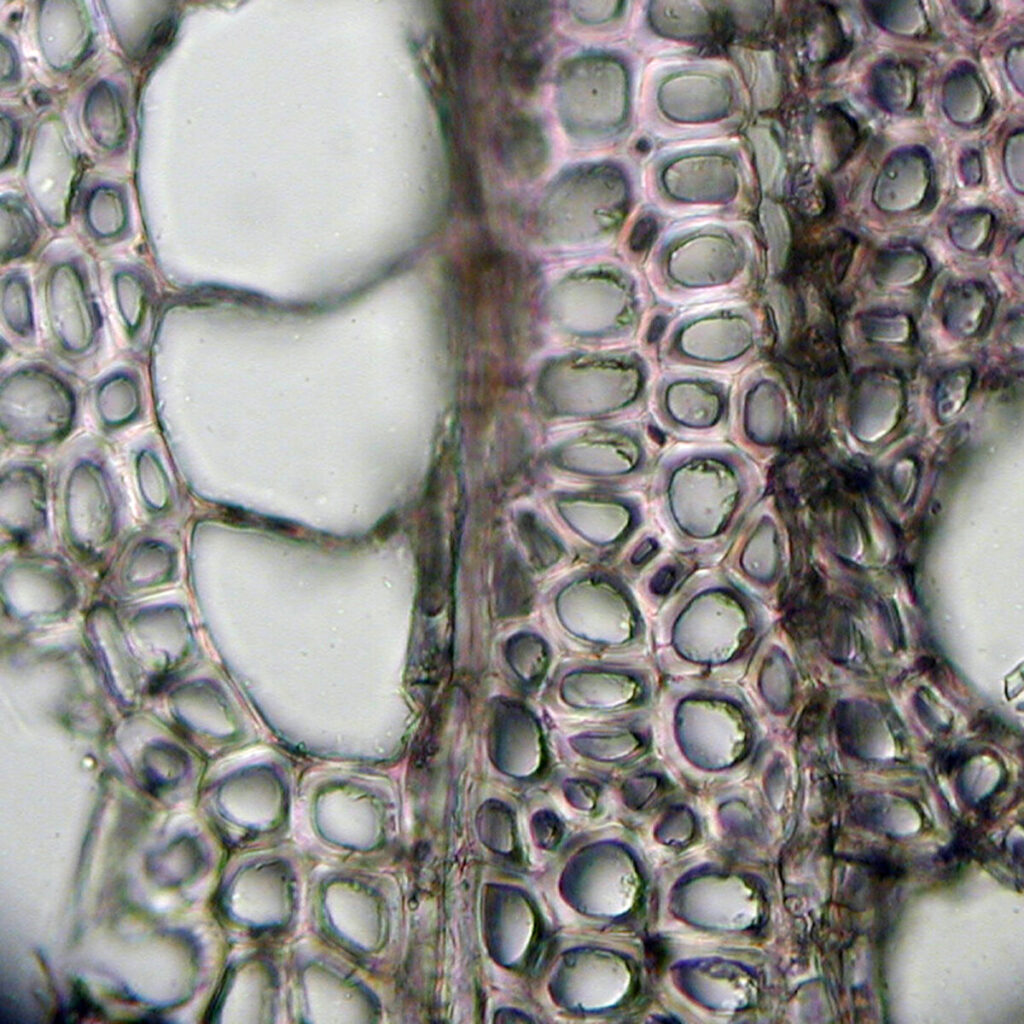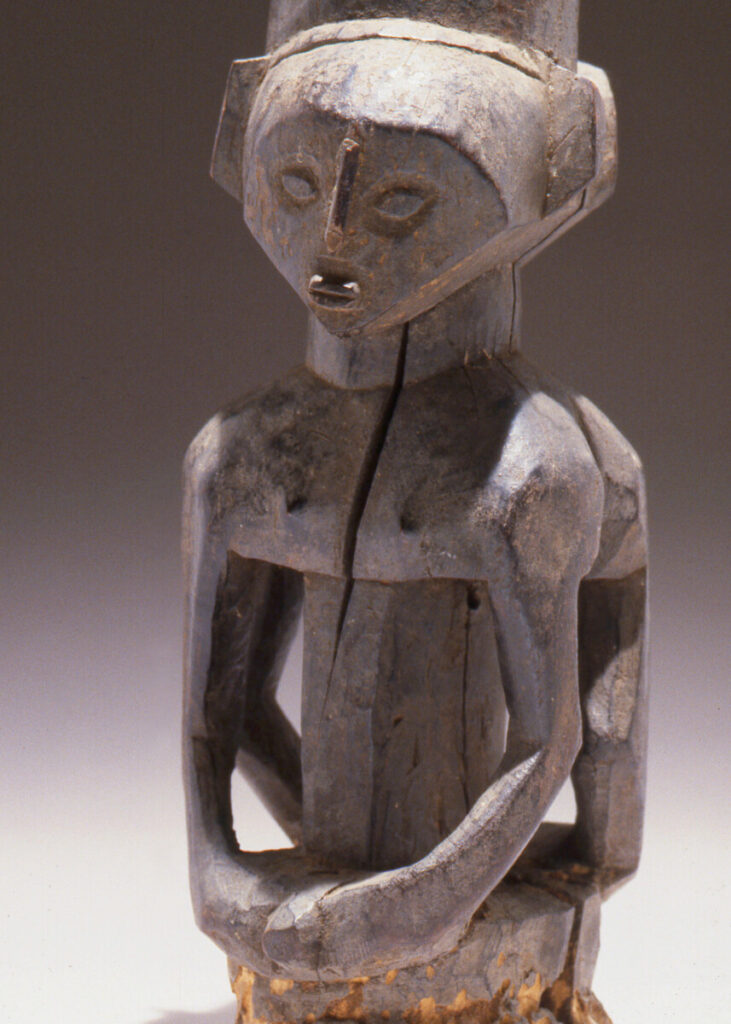
When wood artifacts become fully saturated with water, the cell walls may become weak and collapse when the wood dries. This lab activity examines the effect of waterlogging on wood cells using transmitted light microscopy. Many wooden artifacts are recovered from underwater conditions, like shipwrecks. When an object is waterlogged (fully saturated with water), oxygen is excluded, thus preventing or slowing many typical reactions that lead to complete decay. Over time, water enters the wood cells and eventually degrades the cellulose and lignin, thus undermining the structural integrity of the cellular structure. If excavators or conservators allow the waterlogged artifact to dry out, the weakened cells can collapse and cause the artifact to shrink, crack, and warp. To prevent this collapse, conservators replace the water with another material, such as polyethylene glycol, which will support the weakened cell walls. In this lab, students replicate the effects of waterlogging on wood cells and study the process through microscopy.
Objectives:
- To understand the effects of waterlogging at the cellular level and its impact on artifacts
Georgia Performance Standards:
SB1. Obtain, evaluate, and communicate information to analyze the nature of the relationships between structures and functions in living cells.
d. Plan and carry out investigations to determine the role of cellular transport (e.g., active, passive, and osmosis) in maintaining homeostasis.



